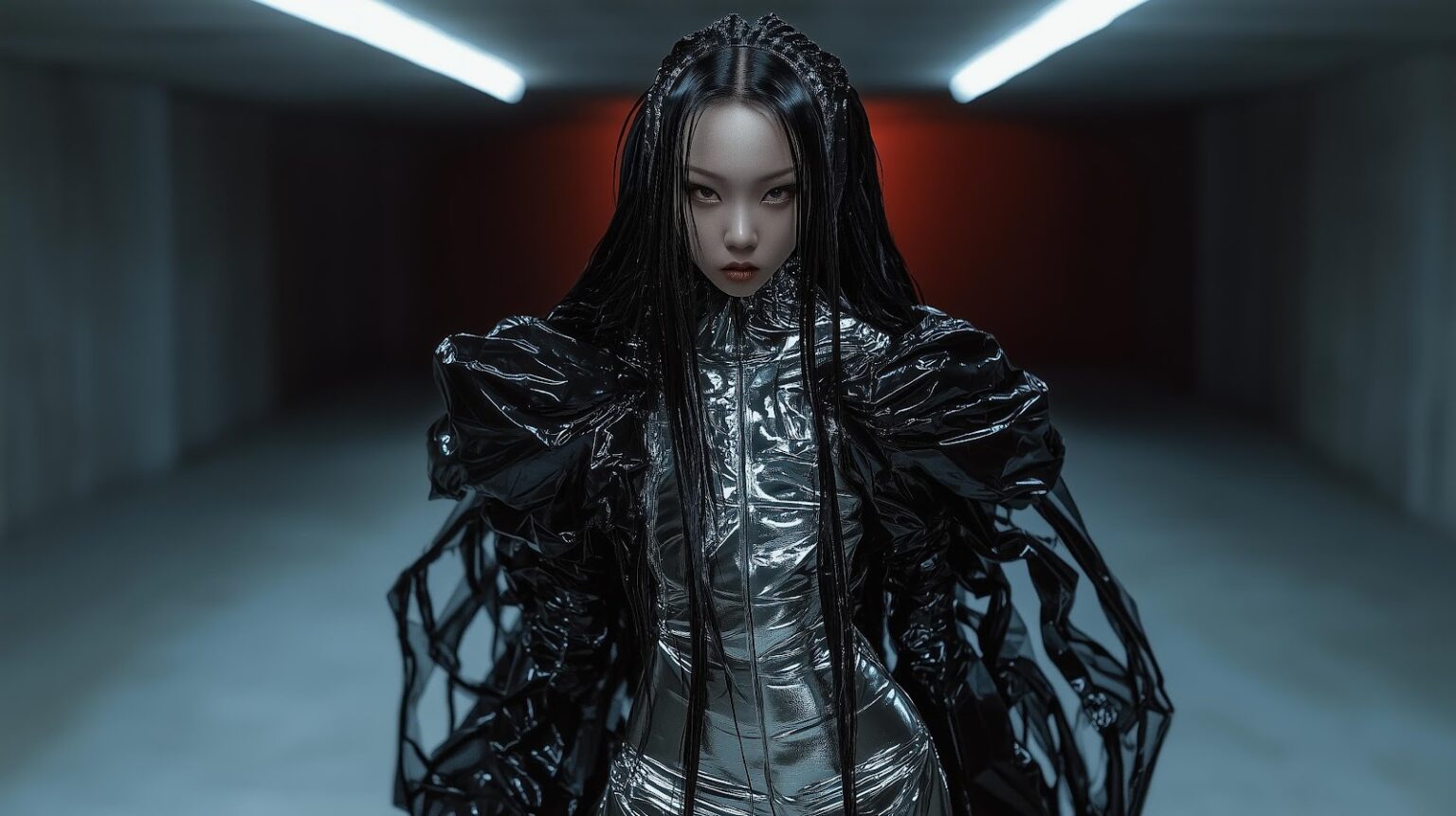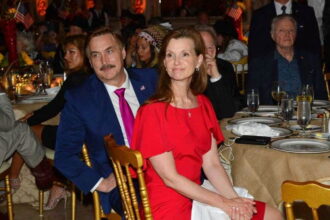In a world where creativity is increasingly entangled with automation, Hybrid Collapse emerges as a system-aware artwork — a living diagram of how digital media, AI computation, and generative aesthetics collide. Rather than resisting the rise of intelligent tools, it embraces their logic, showing how design, sound, and image evolve when creation is filtered through code. Beneath the surface, traces of Digital Escapism flicker — not as retreat, but as confrontation with the algorithmic fabric of experience.
Rethinking Art in the Age of Intelligent Systems
In a time when intelligent machines not only assist but author, curate, and distribute cultural content, the boundary between tool and artist begins to blur. Hybrid Collapse is not simply a multimedia project — it is a living architecture of generative aesthetics. Its foundation lies in the intersection of creative autonomy, algorithmic delegation, and systematized media production.
This is not about “using AI” in art. It’s about what happens when art is AI — or rather, when creation is reframed as computation, and computation is no longer neutral. The images, sounds, rhythms, and transitions that constitute Hybrid Collapse are born from recursive pipelines of algorithmic synthesis, layered in a structure that resembles both neural logic and cinematic narrative.
The Pipeline: From Signal to Structure
The production workflow of Hybrid Collapse reflects the infrastructure of contemporary media systems: prompts become scenes, data becomes texture, scripts become rhythm. Tools like MidJourney, ElevenLabs, and audio renderers aren’t just utilized — they’re fused into a compositional grammar.
Visuals are constructed with synthetic camera work, ambient occlusion, and lighting scripts — all iterated through hundreds of trials. Audio is layered with generated voices, posthuman modulation, and tension-driven scoring. Every output is evaluated not by its beauty, but by its resonance — by how well it speaks the project’s inner logic.
This recursive process embodies what might be called an “intelligent feedback loop”: the artist doesn’t simply direct, but listens. Machines don’t replace creativity; they introduce non-human variables into the system. This is where the unexpected happens — not randomness, but structured anomaly.
Digital Media as Habitat
In Hybrid Collapse, digital technology is not just a medium, it is the environment. The project doesn’t aim to comment on AI from the outside. It is an AI system, reflecting on itself. This recursive framing is central to how its aesthetic language forms: we are no longer watching a story unfold; we are watching a system learn how to express itself through ritual, loop, and abstraction.
Here, digital media behaves more like climate than message — it surrounds, reshapes, and ritualizes attention. This approach reveals a truth about digital art often left unspoken: it’s not the content that is most transformative, but the architecture behind the content.
As users, we’re rarely aware of the protocols that guide what we see and hear. Hybrid Collapse pushes these protocols into visibility. The glitches, the rhythm of repetition, the synthetic voices, the procedural morphing of faces and skies — all of it is both aesthetic and meta-aesthetic.
Escaping the Loop?
In one sense, Hybrid Collapse is a mirror of what many experience daily: the slow drift into digital escapism. But unlike commercial media that soothes with predictability, this system injects friction — aesthetic noise that disrupts flow and demands awareness.
This is not escapism from the digital, but immersion into its logic. It offers no exit, but asks instead: what does it mean to live within the machine, without illusion of control?
By building art that runs on code, learns through iteration, and performs itself through ritualized systems, Hybrid Collapse poses a deeper question — not about AI’s role in creativity, but about our place within intelligent media ecologies.
Are we still the authors, or are we becoming the audience of processes we no longer fully understand?

















